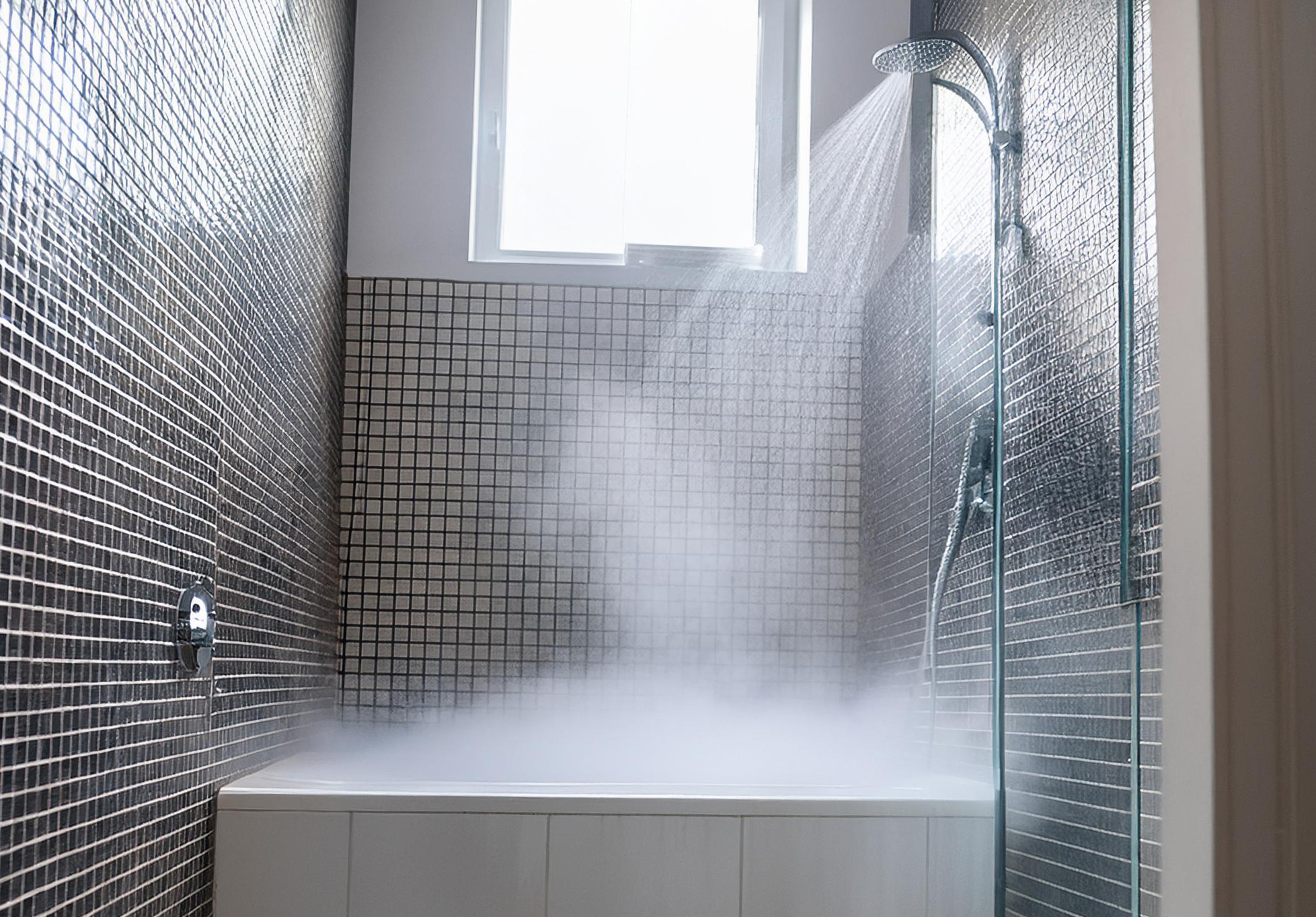Legionella bacteria are found in small quantities in fresh natural waters and soil. Small amounts of legionella bacteria can enter water systems in buildings with raw water and, under favourable conditions, can form colonies on biofilms on the inside of pipes.

Legionella bacteria only cause disease when carried in aerosols in the breathing air. Exposure may occur, for example, from water dripping from a shower or a whirlpool, which carries the bacterium into the respiratory tract. The incubation period from infection to initial symptoms is 2-10 days and the most common symptoms are dry cough, fever, headache, muscle pain and shortness of breath. The clinical picture can vary from asymptomatic infection to severe pneumonia, also known as legionellosis, or Legionnaires' disease. Underlying diseases, as well as old age and smoking, increase the risk of severe disease. The disease is not transmitted from one person to another and drinking water does not cause the disease, but care must be taken to avoid getting water in the airways when drinking. The bacterium is destroyed by boiling water.
Legionella bacteria thrive at temperatures between +20°C and +50°C, so in water systems the bacteria can be controlled by keeping the temperature of hot water high enough (>+55°C) and cold water low enough (<+20°C) up to the water points. Water should also be run in sufficient quantities during off-peak hours to prevent stagnant water from heating up.
